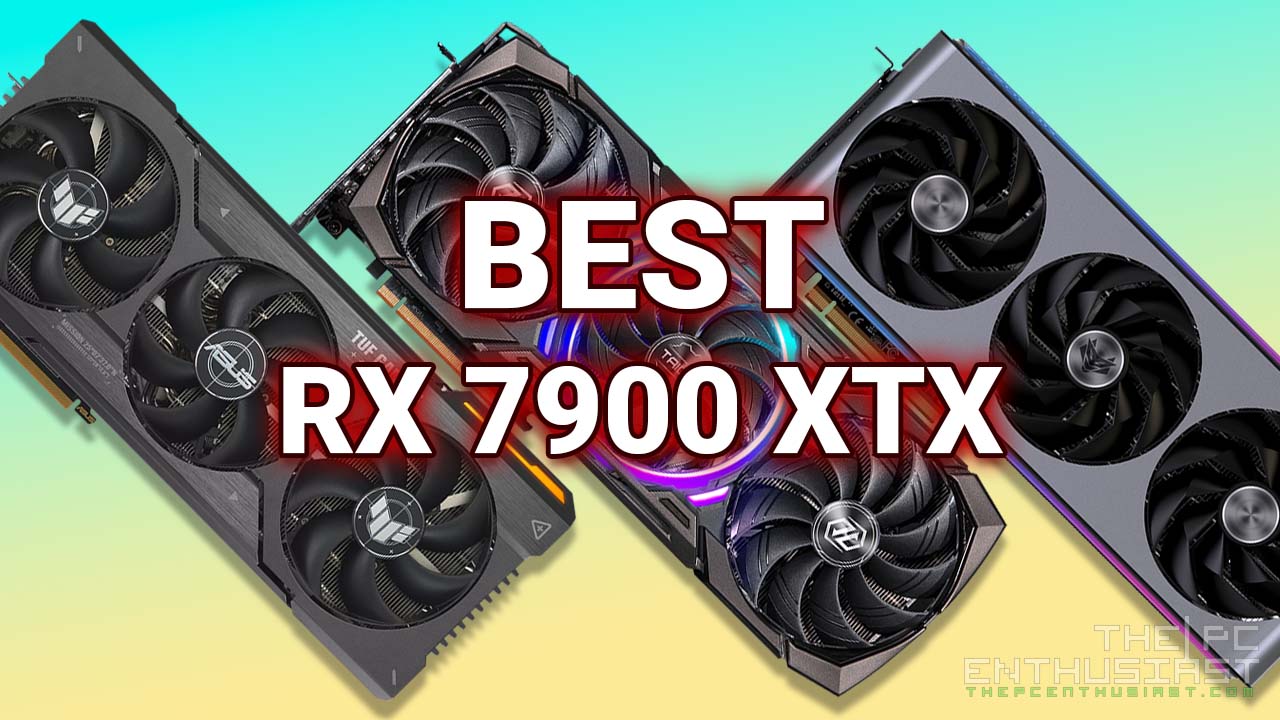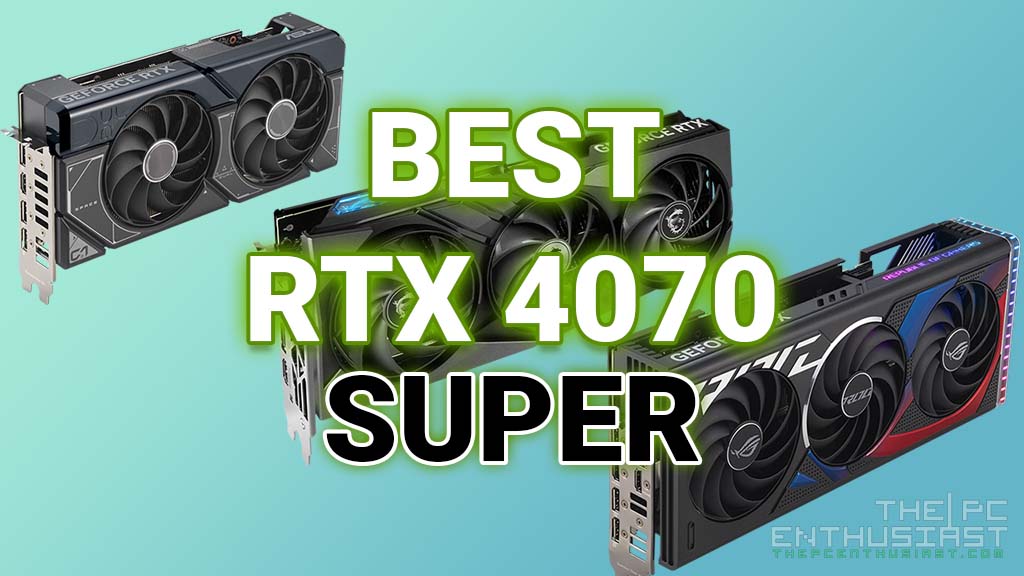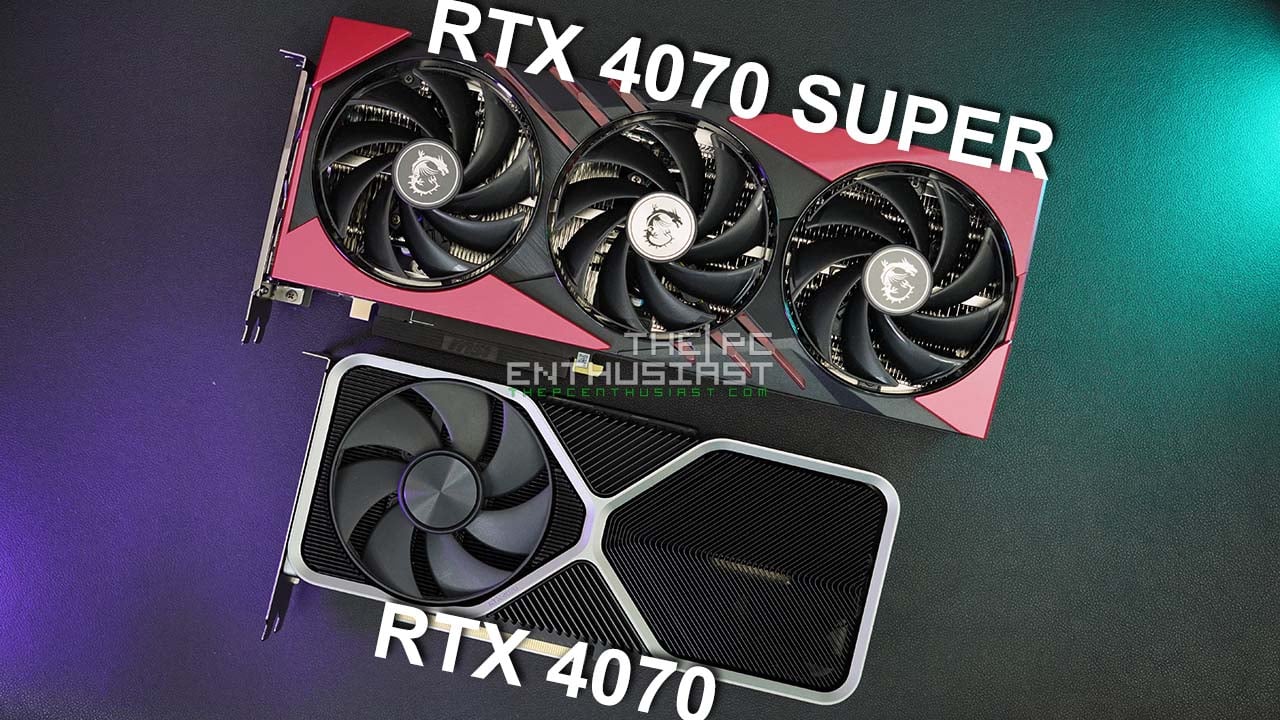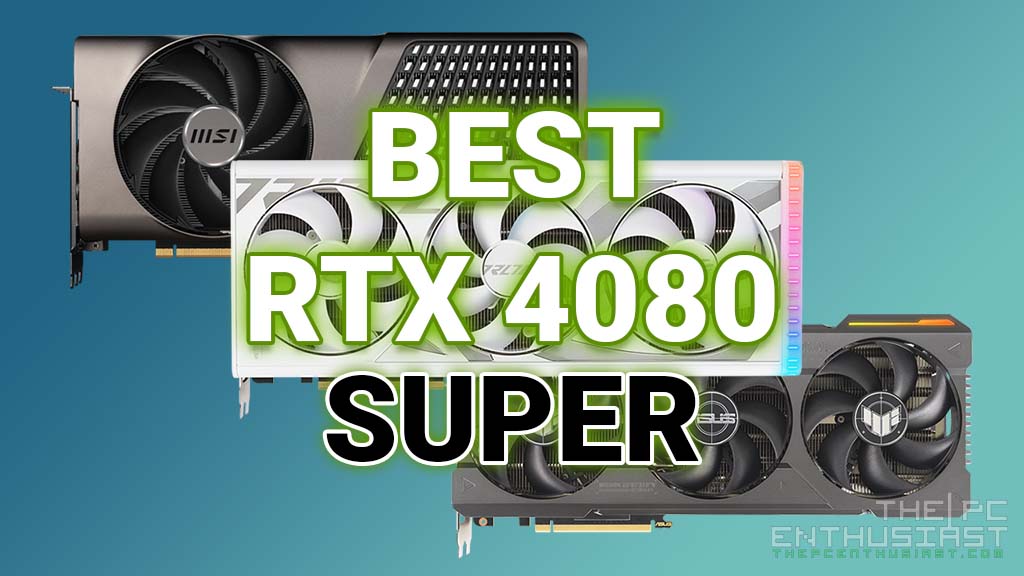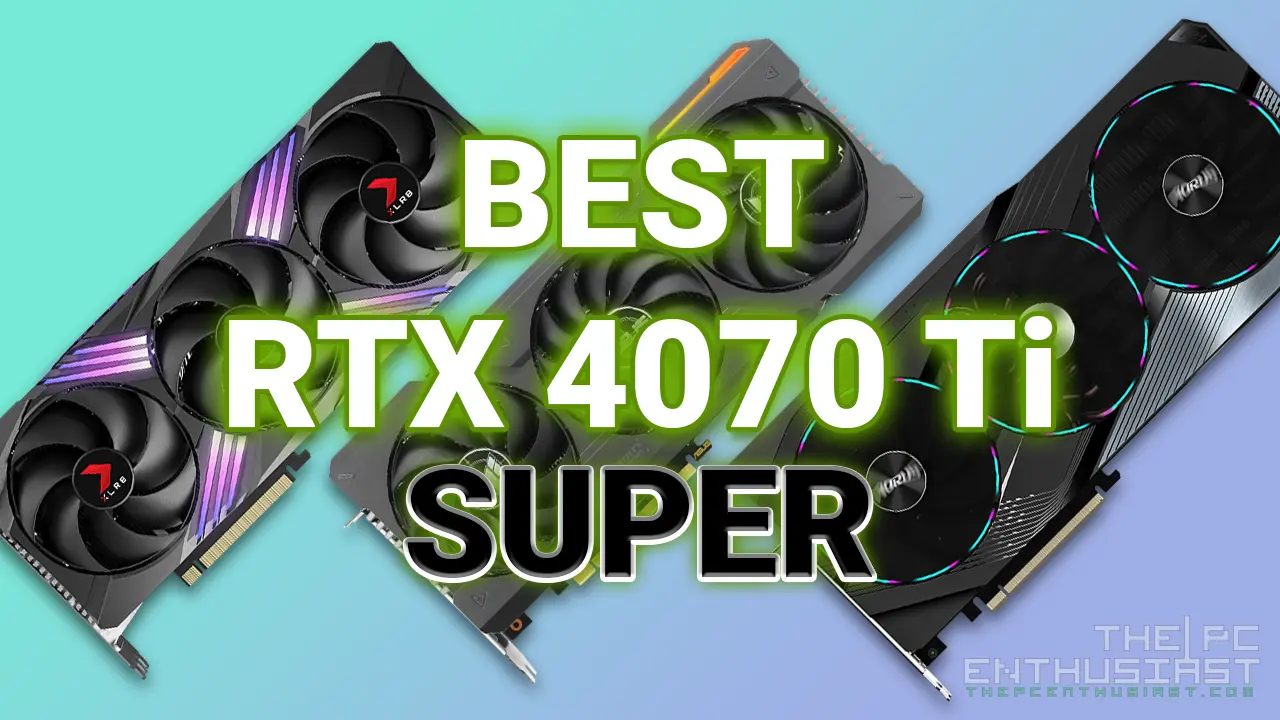Last month, NVIDIA released a new GPU based on the new Turing architecture that doesn’t feature any RT and Tensor Cores – the GeFore GTX 1660 Ti. Just three weeks later (today), NVIDIA released a non-Ti variant – the GeForce GTX 1660, featuring just a few less CUDA cores and a different memory configuration. While the GTX 1660 Ti is the direct successor of the GTX 1060 6GB, the GTX 1660 (non-Ti) is the successor of the GTX 1060 3GB. The GeForce GTX 1660 is geared towards 1080p gaming and comes with a starting retail price of $219 USD, making it around 21.51% cheaper than the GTX 1660 Ti. Check out more details about the new GeForce GTX 1660 and whether you should buy this graphics card or not.
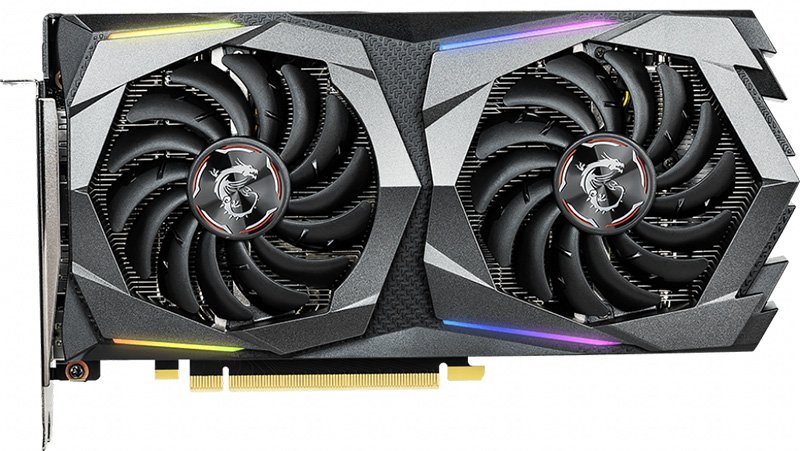
GeForce GTX 1660 Graphics Card New 1080p Budget Graphics Card
Like the GTX 1660 Ti, The GeForce GTX 1660 is based on the new NVIDIA Turing architecture with a TU116 Turing GPU on the heart of the graphics card. While it doesn’t have any RT and Tensor cores for real-time ray tracing and DLSS, the GTX 1660 does feature the Turing Shader that improve performance and efficiency, including support for Concurrent Floating Point and Integer Operations, a Unified Cache Architecture with larger L1 cache, and Adaptive Shading.
The GeForce GTX 1660 is like a cut down version of the GTX 1660 Ti. It features 22 Streaming Multiprocessors (24 on the 1660 Ti) and 1408 CUDA cores (1536 on the 1660 Ti). It does have a slightly higher clock speeds of 1530MHz base and 1785MHz boost. It also has 6GB of memory, however it’s using an older and slower GDDR5 memory instead of GDDR6 that is on the GTX 1660 Ti.
Memory clock and memory bandwidth of a GDDR5 memory is indeed slower compared to a GDDR6 memory. However, in the case of the GTX 1660 it doesn’t seem to impact the performance much. The GTX 1660 Ti is still overall faster than the non-Ti, but the GTX 1660 is generally faster than the GTX 1060 6GB and 3GB, as well as AMD’s RX 590 and RX 580.
It seems that AMD can no longer compete at this price range and level of performance. While the performance difference between the RX 590 and GTX 1660 isn’t that huge, I see some RX 590 / 580 that are similarly price and sometimes higher than the GTX 1660. Not to mention, the GTX 1660 (Ti) is much more power efficient and runs cooler compared to any AMD RX 590/580 graphics card. The GTX 1660 is, currently, the better choice compared to a GeForce GTX 1060 (6GB/3GB) and AMD RX 590 / RX 580.
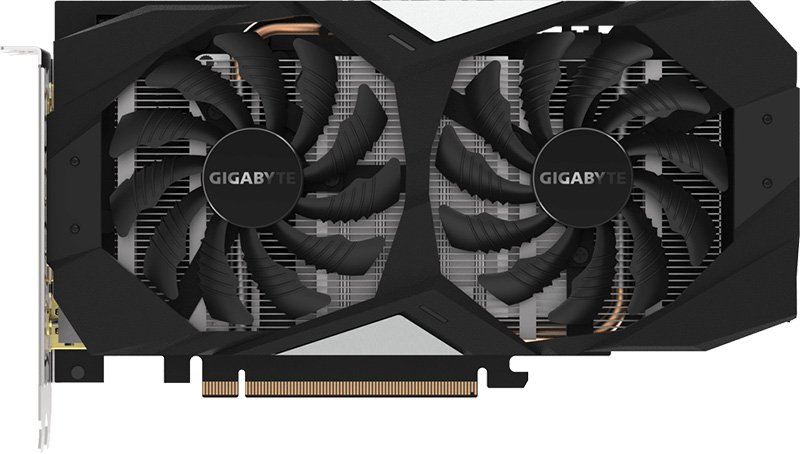
In terms of performance, the GTX 1660 is around 10% (or more) faster than the RX 590, while being cheaper and more efficient at the same time. It’s also around 15%-20% faster than the GTX 1060, depending on the game or scenario. So if you’re coming from a GTX 1060 6GB card, it may not be a huge upgrade (more like a “side-grade”). It’s better to upgrade to a much faster card like the RTX 2060 or higher. But if you’re coming from a much older card, like the GTX 960, you may want to consider the GTX 1660 or GTX 1660 Ti for your next upgrade. Assuming that your budget is around $300 or less and you’re playing at 1080p.
Like the GTX 1660 Ti, there is no Founders Edition available. So it’s up to the AIB partners to impress us. There are already several GeForce GTX 1660 available from EVGA, MSI, Zotac, Gigabyte and Asus. Currently, I see GTX 1660 graphics cards priced from $230 up to around $250. If you are comfortable with overclocking, better get a good GTX 1660, overclock it and get gaming performance near a stock GTX 1660 Ti. However, if you are not comfortable in manually overclocking your graphics card, but you want to get a bit more performance, the GTX 1660 Ti is the better choice, especially if you are using a 1080p high refresh rate monitor or a 1440p monitor.
The GeForce GTX 1660 is an ideal graphics card for 1080p gaming. Not so much for 1080p high refresh monitors though. Not unless you’re just playing eSports title games that are fairly easy to drive. Below, I have listed some of the GeForce GTX 1660 that are now available to order in the US. Go ahead and check them out. You may also want to check out our review of the MSI GTX 1660 Ti Gaming X.
GeForce GTX 1660 Pricing and Availability
The GeForce GTX 1660 comes with a starting retail price of $219 USD. Again, there’s no Founders Edition so better get the “better” GTX 1660 from AIB partners. Check out the latest pricing and availability via the links below.
| Graphics Card | Bloost Clock Speed | Cooling Solution |
|---|---|---|
| ASUS GeForce GTX 1660 OC 6GB Phoenix | 1800 MHz | Single Fan |
| ASUS GeForce GTX 1660 OC TUF Gaming | 1815 MHz | Dual Fan |
| EVGA GeForce GTX 1660 XC Black | 1785MHz | Single Fan (Triple Slot) |
| EVGA GeForce GTX 1660 XC Gaming | 1830 MHz | Single Fan (Triple Slot) |
| EVGA GeForce GTX 1660 XC Ultra | 1845MHz | Dual Fan |
| Gigabyte Geforce GTX 1660 OC 6G | 1830 MHz | Dual Fan |
| Gigabyte Geforce GTX 1660 OC 6G Windfore 3X | 1860 MHz | Tripple Fan |
| MSI GeForce GTX 1660 Ventus XS 6G OC | 1830 MHz | Dual Fan |
| MSI GeForce GTX 1660 Armor OC | 1845 MHz | Dual Fan |
| MSI GeForce GTX 1660 Gaming X 6G | 1860 MHz | Twin Frozr 7 |
| ZOTAC GeForce GTX 1660 | 1785 MHz | Dual Fan |
| ZOTAC GeForce GTX 1660 AMP | 1845 MHz | Dual Fan |
GeForce GTX 1660 Specifications
| GPU | GTX 1660 Ti | GTX 1660 | GTX 1060 6GB | GTX 1060 3GB |
|---|---|---|---|---|
| Architecture | TU116 - Turing | TU116 - Turing | GP106 - Pascal | GP106 - Pascal |
| Process | 12nm FNN | 12nm FNN | 16 nm FinFET | 16 nm FinFET |
| Transistors | 6.6 billion | 6.6 billion | 4.4 billion | 4.4 billion |
| Die Size | 284 mm² | 284 mm² | 200 mm² | 200 mm² |
| Streaming Multiprocessors | 24 | 22 | 10 | 9 |
| Texture Units | 96 | 88 | 80 | 72 |
| ROP Units | 48 | 48 | 48 | 48 |
| CUDA Cores | 1536 | 1408 | 1280 | 1152 |
| Base Clock | 1500 MHz | 1530 MHz | 1506 MHz | 1506 MHz |
| GPU Boost Clock | 1770 MHz | 1785 MHz | 1708 MHz | 1708 MHz |
| FLOPS | 11 TOPS (5.5 TFLOPS FP32 / 5.5 TOPS INT32) | 10 TOPS (5 TFLOPS FP32 / 5 TOPS INT32) | 4.4 TFLOPS | 3.9 TFLOPS |
| FP16 FLOPS | 11 TFLOPS | 10 TFLOPS | 4.4 TFLOPS | 3.9 TFLOPS |
| Texel fill-rate | 169.9 Gigatexels/sec | 157.1 Gigatexels/sec | 120.5 Gigatexels/sec | 108.4 Gigatexels/sec |
| Total Video Memory | 6GB | 6GB | 6GB | 3GB |
| Memory Type | GDDR6 | GDDR5 | GDDR5 | GDDR5 |
| Memory Interface | 192-bit | 192-bit | 192-bit | 192-bit |
| Memory Clock (Data Rate) | 12,000 MHz | 8,000 MHz | 8,000 MHz | 8,000 MHz |
| Memory Bandwidth | 288.1 GB/sec | 192.1 GB/sec | 192 GB/sec | 192 GB/sec |
| Max L1 Cache Size | 1536 KB | 1408 KB | 480 KB | 480 KB |
| TDP | 120 Watts | 120 Watts | 120 Watts | 120 Watts |
| Price (At Launch) | $279 | $219 | $249 / $299 | $210 |



